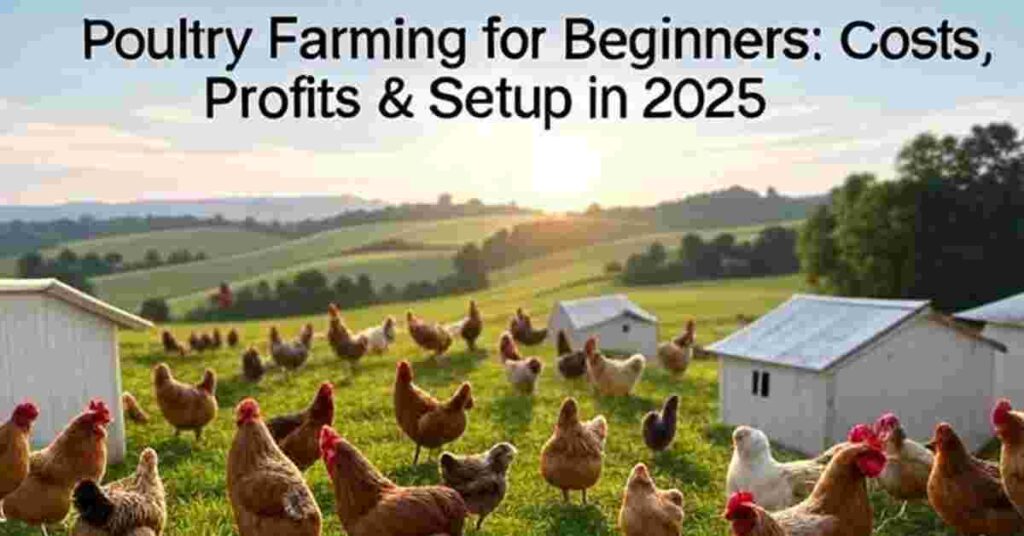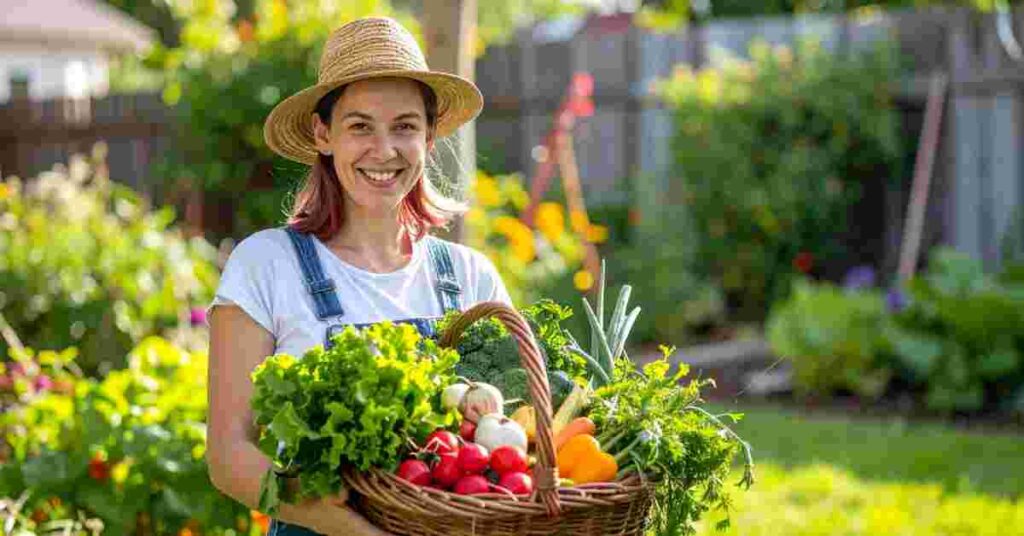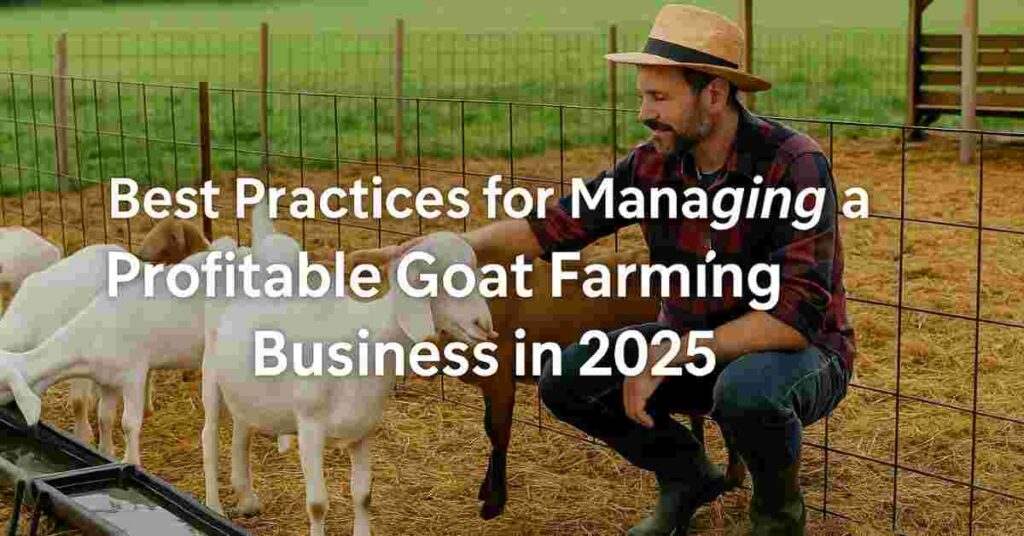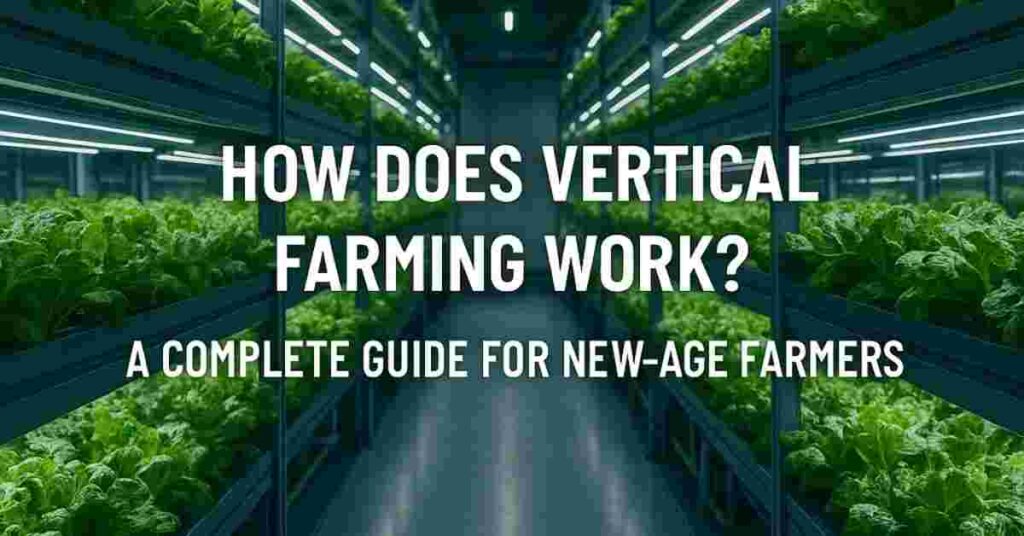If you’re someone who has been exploring different agribusiness ideas and wants to start a farming venture with fast returns, low startup costs, and consistent market demand, poultry farming in 2025 may be the perfect opportunity for you.
Whether your goal is to raise chickens for eggs, meat, or both, the poultry sector remains one of the most accessible and scalable agribusinesses for new and aspiring farmers, particularly in the United States, where the demand for poultry products has steadily increased year over year.
This guide is carefully designed to give you a step-by-step understanding of how poultry farming works, what it costs to get started, how much profit you can realistically expect, and what setup requirements you need to meet before raising your first flock.
You’ll also gain insights into practical tips for success, marketing channels, and challenges you might encounter along the way.
Why Poultry Farming Is a Great Agribusiness Choice in 2025
The poultry industry continues to thrive in 2025 due to several key reasons. First, the nutritional awareness of consumers has been steadily growing, with more people shifting to high-protein diets that include eggs and lean meat like chicken. Additionally, poultry products are relatively affordable compared to other animal proteins, making them a household staple across all income levels.
From a business point of view, poultry farming offers quick returns, since broiler chickens reach market weight in just 6 to 8 weeks, and laying hens start producing eggs as early as 18 weeks. Moreover, it requires significantly less land and capital compared to cattle or goat farming, making it ideal for those with limited resources.
- Can start with the backyard or a part-time setup
- Eggs and meat both have year-round market demand.
- Faster cash flow compared to fruit or livestock farming.
- Opportunity to brand your farm as organic, free-range, or antibiotic-free
- Great for women, youth, or retirees looking for income from home
Choosing the Right Poultry Farming Model: Layers vs. Broilers
Before you invest time or money into setting up your poultry farm, it’s crucial to decide whether you want to raise layers, which are hens bred for egg production, or broilers, which are chickens raised primarily for meat. Both models have their pros and cons depending on your goals and market access.
Layer poultry farming involves rearing birds that begin laying eggs around 18 to 20 weeks of age and can continue producing for about a year. This model is ideal if you’re looking for steady, ongoing income from egg sales and can commit to a slightly longer care cycle.
Broiler farming, on the other hand, focuses on raising fast-growing chickens that can be sold for meat in about 6–8 weeks. This model allows for multiple production cycles in a year and can provide quicker returns. However, it requires intensive care, feeding, and disease prevention.
Some farmers also explore dual-purpose breeds, which provide both meat and eggs. While convenient, dual-purpose chickens tend to underperform in both categories compared to specialized breeds.
- Broilers are ideal for short-term profits with fast turnaround.
- Layers are best for long-term, stable income through egg sales.
- Dual-purpose breeds like Rhode Island Red offer flexibility but lower output.
- Evaluate feed cost, local demand, and your schedule before choosing.
Cost of Starting a Small Poultry Farm in 2025 (USA)
To help you get a clear understanding of the financial aspect, let’s consider a small-scale broiler poultry farm with 500 birds as an example. Please note that the actual costs may vary based on your location, breed selection, equipment, and whether you are starting from scratch or already have some infrastructure in place.
Cost Table: Setup for 500 Broilers
| Item | Estimated Cost (USD) |
| Day-old chicks (500) | $750 |
| Poultry shed construction | $2,000 – $3,000 |
| Feed (starter to finish, ~50 days) | $1,200 |
| Vaccination & medication | $100 – $150 |
| Equipment (feeders, waterers, etc.) | $300 – $500 |
| Utilities & maintenance | $200 – $300 |
| Total Estimated Cost | $4,800 – $6,000 |
💡 Tips to Reduce Setup Costs:
- Renting land or using backyard space can reduce initial costs
- DIY shed construction can save $500–$1,000
- Reusing equipment for multiple batches increases profitability.
- Grants or microloans may be available for beginner farmers.
Profit Potential and Return on Investment (ROI)
Now that you understand the setup costs, let’s take a look at how much profit you can expect. The average market price for a fully grown broiler in the United States ranges between $5 and $7 per bird, depending on your local market, customer base, and whether you sell wholesale or retail.
If you sell 500 broilers at an average price of $6, your gross revenue would be around $3,000 per cycle. After deducting the cost of production, which may be around $1,800 to $2,000, your net profit per batch could range from $1,000 to $1,200. If you manage to run 5 to 6 production cycles in a year, you can potentially earn $6,000 to $7,000 annually from this small setup, which can grow significantly as you scale up your operation.
Profit Table: 500 Broilers
| Details | Estimate |
| Average selling price per bird | $6.00 |
| Total revenue (500 birds) | $3,000 |
| Production cost | $1,800 – $2,000 |
| Net profit per cycle | $1,000 – $1,200 |
| Estimated cycles per year | 5 – 6 |
| Annual profit (estimated) | $6,000 – $7,000 |
📈 Bonus Income Ideas:
- Selling directly to consumers (farm gate or online) increases margins
- Bulk buyers like restaurants or food trucks provide recurring sales.
- You can sell value-added items like smoked chicken or egg trays.
- Poultry manure can earn $100–$300 per year as compost.
The layer farming model, while requiring more time to reach profitability, can deliver continuous income through daily egg sales, with each hen producing around 250–300 eggs per year.
How to Set Up a Poultry Farm: Step-by-Step Process
Step 1: Select a Suitable Location
Choose a location with good road access, electricity, and a clean water supply. The site should be well-drained, away from residential areas, and offer sufficient protection from wind and predators. A well-selected location reduces disease risk and improves operational efficiency.
Step 2: Design and Build the Poultry House
The poultry shed should provide enough space, ventilation, and lighting. Overcrowding leads to stress and higher disease risk, so aim for at least 1 square foot per bird. Ensure the shed is built using materials that are easy to clean and maintain, with good insulation for cold and hot weather.
Step 3: Choose the Right Breed and Buy Chicks
Consult with local hatcheries or poultry experts to select high-performing breeds suitable for your climate and business model. For broilers, popular breeds include Cornish Cross or Cobb 500. For layers, you can go for White Leghorns or ISA Browns.
Step 4: Feeding and Nutrition
Proper feeding is crucial for fast growth and high productivity. Start with chick starter feed, then transition to grower and finisher feed over time. Use clean feeders and drinkers, and ensure the birds always have access to fresh, clean water.
- Feed accounts for up to 70% of total production cost.
- Poor feed quality leads to weak growth and low profits.
- Clean feeders and a regular feeding schedule are essential.
- Add calcium sources for layers (like crushed oyster shells)
Step 5: Health Management and Biosecurity
Follow a vaccination schedule provided by your local veterinarian or poultry advisor. Maintain strict biosecurity measures by limiting farm access, using footbaths, and cleaning equipment regularly. Early disease detection is key to avoiding losses.
Step 6: Marketing and Selling Your Poultry Products
Identify your target market early on, whether it’s local consumers, restaurants, farmers’ markets, or wholesalers. You can also consider creating a brand name for your poultry products and using online platforms to increase your visibility.
- Build relationships with small stores and butchers.
- Use social media to attract direct buyers.
- Offer pre-orders or subscription boxes for eggs/meat.
- Packaging attractively to build customer trust.
Common Challenges in Poultry Farming
Like any business, poultry farming has its challenges. Disease outbreaks can devastate your flock if biosecurity is ignored. Feed prices often fluctuate, which can affect your profit margins. Additionally, during certain seasons or economic downturns, market demand may drop temporarily. However, with careful planning, training, and recordkeeping, these challenges can be mitigated or avoided altogether.
- Sourcing good-quality chicks consistently can be hard.
- Labor availability may become an issue in remote areas.
- Lack of access to vet care in rural zones.
- Market oversaturation can lower seasonal prices.
Expert Tips for Beginner Poultry Farmers
To increase your chances of success, start small and learn the basics hands-on before scaling. Maintain detailed records of feed, vaccinations, expenses, and mortality rates. Stay connected with local agricultural extension officers or online poultry farming communities for ongoing advice and problem-solving. Consistency, cleanliness, and good management are the cornerstones of a profitable poultry farm.
- Try a test batch of 100–200 birds before scaling.
- Attend local agri expos or online poultry workshops.
- Keep a monthly budget sheet for better cash flow tracking.
- Observe your birds’ daily behavior tells you everything.g
Frequently Asked Questions
What are the key factors influencing the cost of setting up a poultry farm in the USA?
Several key components influence setup costs, such as the number of birds, type of poultry (layers or broilers), cost of land or shed construction, feed expenses, equipment, vaccination, and whether you use automated or manual systems. Costs also vary depending on your state, local suppliers, and whether you lease or own the land.
How can I maximize profits in poultry farming with a $5,000 investment?
You can start small (300–500 birds) and focus on cost-effective housing, bulk feed purchases, strong biosecurity, and direct-to-consumer sales. Minimize losses by maintaining good hygiene, sourcing healthy chicks, and reusing equipment. Selling manure and offering value-added products like dressed chicken can further boost your income.
What are the projected price trends for poultry products in 2025?
Poultry prices in 2025 are expected to remain stable or slightly increase due to global demand, grain price fluctuations, and a shift toward organic products. Eggs and meat from antibiotic-free and free-range birds are likely to fetch premium prices in both retail and niche markets.
How does the cost of land acquisition compare to other expenses in poultry farming?
For small-scale farms, land cost is usually lower than infrastructure, feed, and chick procurement. Many farmers use existing space or lease land. However, for commercial operations with thousands of birds, land cost can be a major factor—especially in urban or semi-urban zones.
What are the best practices for managing feed and equipment costs in poultry farming?
To manage feed and equipment costs, buy feed in bulk, monitor feed-to-weight conversion ratios, use durable and washable equipment, and implement regular cleaning to prevent disease. Avoid overfeeding, and consider using semi-automatic systems to reduce labor and feed waste.
Which is more profitable in the long run, broilers or layers?
Broilers provide faster returns due to short growth cycles, while layers generate steady daily income through egg sales. Your decision should depend on market demand, personal goals, and whether you prefer frequent cash flow or consistent long-term revenue.
Conclusion
Starting a poultry farm in 2025 offers a unique opportunity for aspiring agripreneurs to build a sustainable and profitable business with relatively low investment and fast returns. Whether you choose broiler or layer farming, success in poultry farming comes down to proper planning, attention to detail, and a commitment to learning and improving as you go. With rising demand, strong market potential, and support from agriculture agencies, there’s no better time to start your journey into poultry farming.



